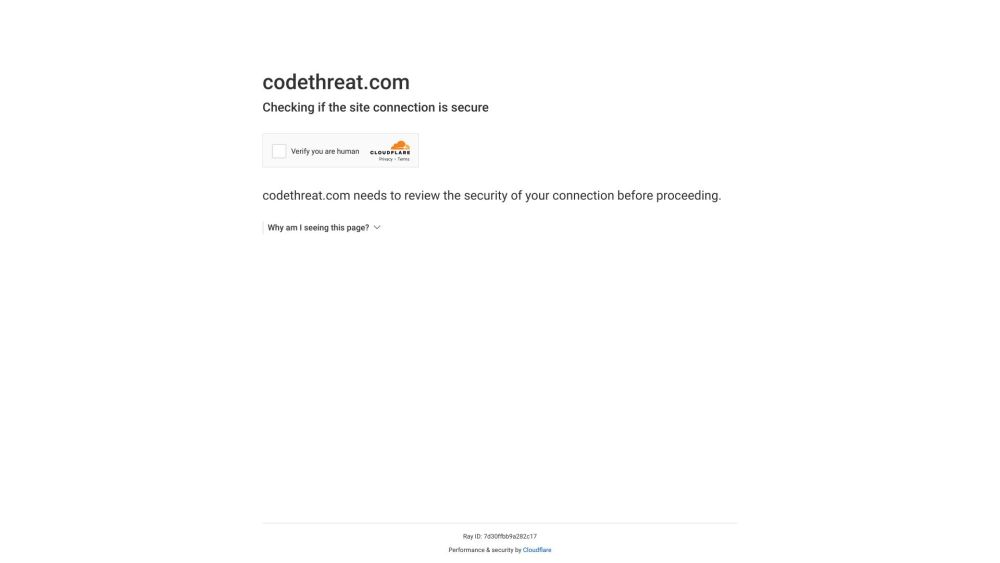FAQ from CodeThreat
What is CodeThreat?
CodeThreat is a cutting-edge AI-powered SAST solution designed to provide comprehensive and precise code analysis. It identifies vulnerabilities and weaknesses in code during the development process, ensuring enhanced security.
How to use CodeThreat?
Using CodeThreat is effortless. Start by creating an account on the website, and upon login, you can either upload your code files or connect your code repository. CodeThreat's AI-driven tool will perform static analysis to detect potential security issues in your code. It will then offer detailed insights and targeted recommendations for remediation. Review the analysis results, prioritize the vulnerabilities, and take the necessary actions to fix them.
How does CodeThreat work?
CodeThreat harnesses the power of AI algorithms to perform static analysis on code, effectively identifying potential security vulnerabilities and weaknesses. It offers detailed insights and recommendations for remediation, empowering developers to create secure and robust applications.
What are the key features of CodeThreat?
CodeThreat boasts a range of core features, including AI-powered SAST, comprehensive code analysis, minimal false positives, code vulnerability detection, detailed insights, and seamless integration with code repositories. These features collectively ensure reliable and secure code development.
How can CodeThreat be used?
CodeThreat simplifies the process of identifying security vulnerabilities in code. Sign up for an account, upload your code files, or connect your code repository. CodeThreat's AI-powered analysis will provide you with detailed results. Review the findings, prioritize the vulnerabilities, and take the necessary actions to fix them, thereby bolstering the security of your applications.
What are the use cases of CodeThreat?
CodeThreat finds application in various scenarios, including the identification of security vulnerabilities during the development process, ensuring adherence to secure coding practices, maintaining code quality and security standards, enabling DevSecOps practices, and fortifying applications before deployment.
